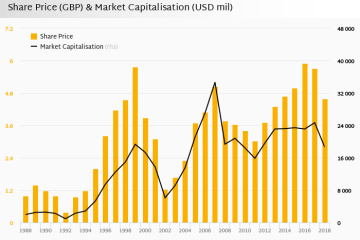The Legacy of No Time to Die: A Review and Reflection

Introduction
Released in September 2021, ‘No Time to Die’ not only marked the end of Daniel Craig’s tenure as James Bond but also symbolized the evolving landscape of cinema in a post-pandemic world. This film, based on Ian Fleming’s character, has garnered significant attention not just for its action-packed sequences but for how it navigated the challenges presented by COVID-19, contributing to the broader discourse on film releases amidst global uncertainties.
Significance of No Time to Die
The importance of ‘No Time to Die’ is multifaceted. As the 25th installment in the James Bond franchise, it encapsulates a pivotal moment in film history. The movie reintroduced Bond to audiences after a six-year hiatus, due in part to production delays caused by the pandemic. Significantly, it became a litmus test for the viability of cinematic releases during turbulent times, with many studios observing its performance closely to gauge audience reception and box office potential.
Box Office and Audience Reception
<p'Following its release, 'No Time to Die' achieved impressive box office results, earning over $600 million worldwide. This success not only reinforced the enduring popularity of the Bond series but also underscored audiences' desire to return to theatres after extensive periods of lockdown. Film analysts noted that its opening weekend was one of the most lucrative for a Bond film, with a strong international appeal that was critical for its overall performance.
Cultural Impact
Beyond box office numbers, ‘No Time to Die’ has also sparked critical discussions regarding representation, character development, and the franchise’s future. The film features a diverse supporting cast, which highlights a shifting narrative landscape within Hollywood, aiming to become more inclusive and reflective of global audiences. Moreover, the character development of Bond throughout Craig’s films, particularly in ‘No Time to Die,’ presents a more vulnerable and complex protagonist, reflecting contemporary societal themes.
Conclusion
‘No Time to Die’ represents far more than just a conclusion to Daniel Craig’s era as James Bond; it encapsulates the resilience of the film industry amidst struggles. With changing audience expectations and a keen focus on inclusivity, the Bond franchise faces a unique opportunity to evolve. As cinemas continue to navigate the post-pandemic environment, the lessons drawn from ‘No Time to Die’ could shape the future trajectory of action films and their cultural significance. For audiences, this film serves as a reminder of the power of cinema and the collective experience it offers, paving the way for upcoming cinematic ventures.









